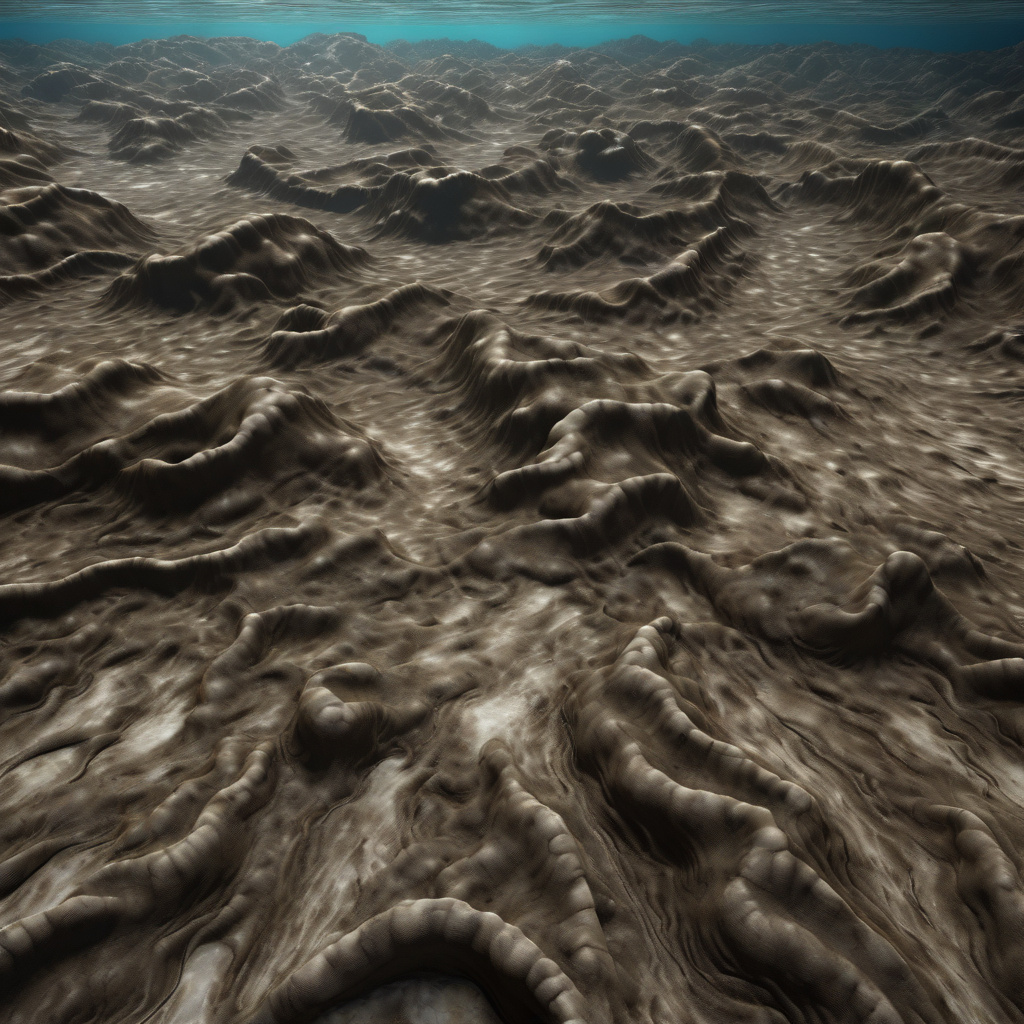117-million-year-old deep-sea mud waves unlock Atlantic Ocean’s birth story
The Atlantic Ocean is the second-largest of Earth’s five oceans. It formed from the dramatic separation of the supercontinent Pangaea into Laurasia and Gondwana around 200 million years ago. This geological event reshaped the world as we know it, giving rise to the vast Atlantic Ocean that separates the continents of Europe, Africa, and the Americas.
Recent discoveries have provided new insights into the birth of the Atlantic Ocean, shedding light on its formation and evolution. Scientists have uncovered 117-million-year-old deep-sea mud waves on the ocean floor that offer a glimpse into the ancient processes that shaped this immense body of water.
These mud waves, known as sediment drifts, are giant ripples found on the seabed that can reach heights of up to 130 feet. They are formed by the flow of sediment-laden currents along the ocean floor, capturing the history of past oceanic currents and tectonic movements. By studying the patterns of these mud waves, researchers can unravel the mysteries of the Atlantic Ocean’s geological past.
One of the key findings from the study of these deep-sea mud waves is the confirmation of a long-standing theory about the Atlantic Ocean’s formation. The discovery supports the idea that the Atlantic Ocean began as a series of rift valleys where the Earth’s crust slowly pulled apart, allowing magma to well up and create new oceanic crust. Over millions of years, this process led to the widening of the ocean basin and the formation of the Atlantic Ocean as we know it today.
The study of deep-sea mud waves not only provides valuable insights into the birth of the Atlantic Ocean but also offers clues about its future evolution. By understanding the geological processes that have shaped the ocean over millions of years, scientists can better predict how the Atlantic Ocean will continue to change in response to factors such as climate change and shifting tectonic plates.
Furthermore, the discovery of these ancient sediment drifts highlights the importance of exploring the deep-sea environment to unlock the Earth’s hidden history. The ocean floor is a treasure trove of information that can reveal secrets about our planet’s past and help us make sense of its complex geological processes.
As we continue to uncover the mysteries of the deep sea, we are also reminded of the interconnected nature of Earth’s systems. The story of the Atlantic Ocean’s birth is not just a tale of geological forces at work but a testament to the ever-changing nature of our planet and the ongoing processes that shape its landscapes.
In conclusion, the 117-million-year-old deep-sea mud waves offer a fascinating glimpse into the birth story of the Atlantic Ocean. By studying these ancient sediment drifts, scientists can piece together the puzzle of how this vast ocean came to be and gain valuable insights into its past and future evolution. The discovery underscores the importance of exploring the deep sea to unlock the secrets of our planet’s history and understand the forces that continue to shape it.
Atlantic Ocean, birth story, deep-sea mud waves, geological evolution, sediment drifts












